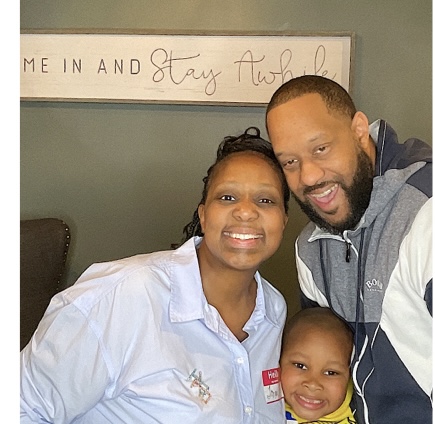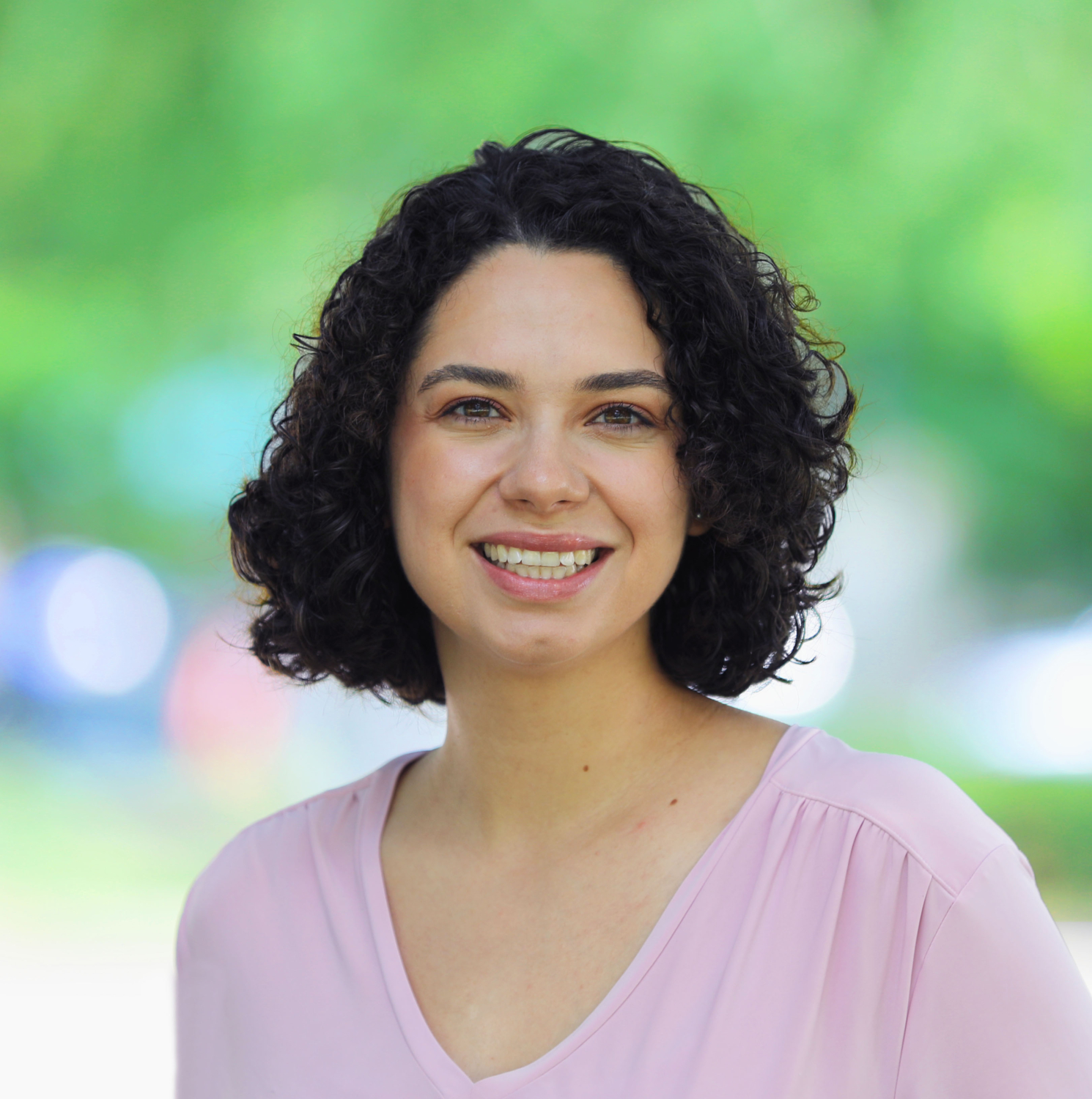From Limited Options to Limitless Potential: How School Choice Supports Students with Special Needs
Tonya Tolson never imagined herself as an educator. She pursued a corporate career, believing that was her path. However, after being downsized from her job, she found herself unexpectedly stepping into the world of teaching in Maryland.
“I got hired as a teacher the day after I was let go from my corporate job,” she recalls. “That was God’s plan. He never meant for me to be in corporate. I walked into that classroom, and even though it was one of the most challenging urban environments, something clicked. I realized these kids needed someone to believe in them.”
But Tonya’s belief in school choice started not as an educator but as a mother. While living in Maryland, her older daughter attended a public school where she became the victim of bullying. When Tonya approached the school administration, she said they couldn’t guarantee her daughter’s safety. That was when she discovered Maryland’s open enrollment policy, which allowed students in underperforming or unsafe schools to transfer to another school outside their district. She immediately seized the opportunity and moved her daughter to a safer, more supportive environment.
“That was my first real experience with school choice,” she says. “I realized that parents should never feel stuck in a situation that isn’t best for their child.”
For over 20 years, Tonya built deep relationships with her students, attending their weddings, celebrating their milestones, and mentoring them beyond the classroom. Her ability to connect with students became a driving force in her career. Eventually, she pursued a Master’s in Educational Leadership, transitioning into administration.
A new opportunity took Tonya to North Carolina, where she became an assistant principal, overseeing student support services and ensuring students stayed on track for graduation. It was in North Carolina that her personal experience with school choice became even more impactful.
After multiple miscarriages, Tonya and her husband welcomed their son, AJ—a miracle baby who would change their world in ways they never expected. When AJ was diagnosed with autism at 18 months and remained nonverbal until four, Tonya faced another difficult school decision.


In North Carolina, early intervention services are available until a child turns three. However, after that, parents must transition their children into a pre-K program. Tonya was hesitant.
“I was against transitioning him into an autistic pre-K program,” she recalls. “I didn’t want him in a room with children at different levels and risk regression. I wanted him to have the opportunity to be in a regular education setting if that was best for him.”
Tonya’s decision to place AJ in her charter school was not made lightly. As an administrator and educator, she saw firsthand how the school’s environment benefited students. The smaller class sizes allowed teachers to give more individualized attention, and the school’s leadership was flexible in adapting curriculum to meet the needs of diverse learners.
“I saw how our school gave students the tools to succeed in ways traditional public schools sometimes couldn’t,” she says. “We had more control over resources, and I knew AJ would be in a place where he wasn’t just another number—he would be seen, supported, and encouraged.”
From the very first day, AJ thrived. His teachers understood how to work with children with special needs, implementing strategies that catered to his learning style. The supportive staff worked closely with Tonya to ensure he had access to speech therapy and social skills development opportunities, all within the school setting.
“It wasn’t just about academics,” she continues. “The school was there when I was going through miscarriages, when I finally had AJ. He’s everybody’s baby. Parents took time off to come to my baby shower. His teachers, the staff—they’re family.”
The school’s emphasis on community made all the difference for AJ. He wasn’t isolated in a segregated program but instead learned alongside his peers, gaining confidence and social skills that helped him grow.
Today, AJ is thriving in a mainstream classroom, exceeding expectations, and proving that with the right support, children with autism can flourish in diverse learning environments.
Through North Carolina’s Opportunity Scholarship and Education Savings Account (ESA) program, Tonya had financial flexibility to explore private education options. The scholarships, totaling up to $24,000, could have funded a specialized private school experience for AJ. But after careful consideration, she made a surprising choice—she did not use the scholarships.
“I apply every year because I know I’ll get it, but I turn it down so another family can have access to that money,” she explains. “My school was already providing everything AJ needed, and I wanted another child to have the same opportunity.”
Instead, Tonya kept AJ in the charter school where she worked—an environment that had already proven itself to be a supportive and nurturing community.
Not every parent is aware that they have options. That’s why Tonya is dedicated to educating parents about school choice through her work with Parents for Educational Freedom in North Carolina (PEFNC).
“I meet parents all the time who don’t even know these scholarships exist,” she says. “They think they’re stuck in a system that isn’t working for their child. But they’re not. There are options, and I want every parent to know they can make the best choice for their kid.”
With the recent expansion of North Carolina’s scholarship programs and the removal of waiting lists, more families than ever can access funding for specialized education, therapy, and individualized support. For children with disabilities, this is life-changing.
“As a parent of a child with autism, I know how important it is to have that choice,” Tonya says. “Education isn’t one-size-fits-all. School choice gave my son the chance to succeed on his own terms. Every family should have that opportunity.”




